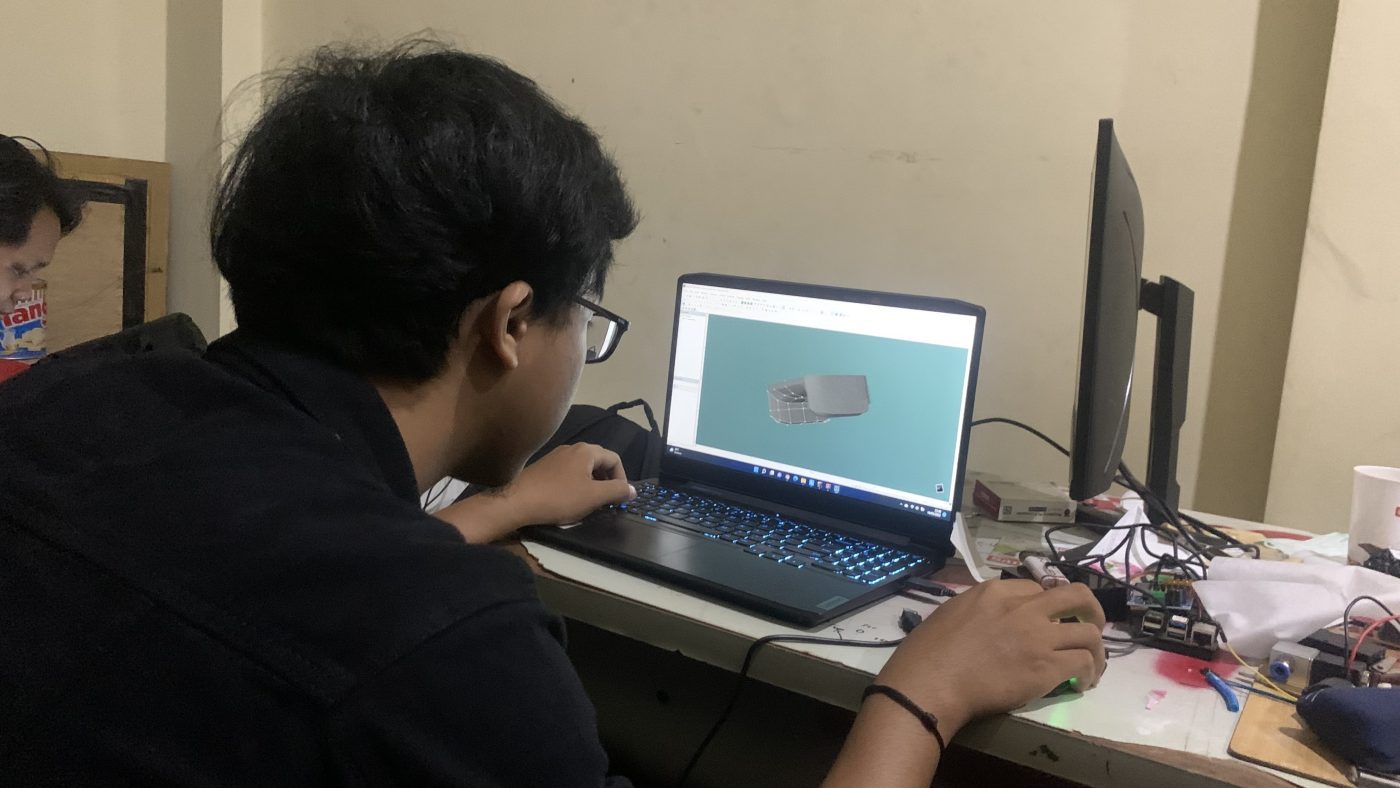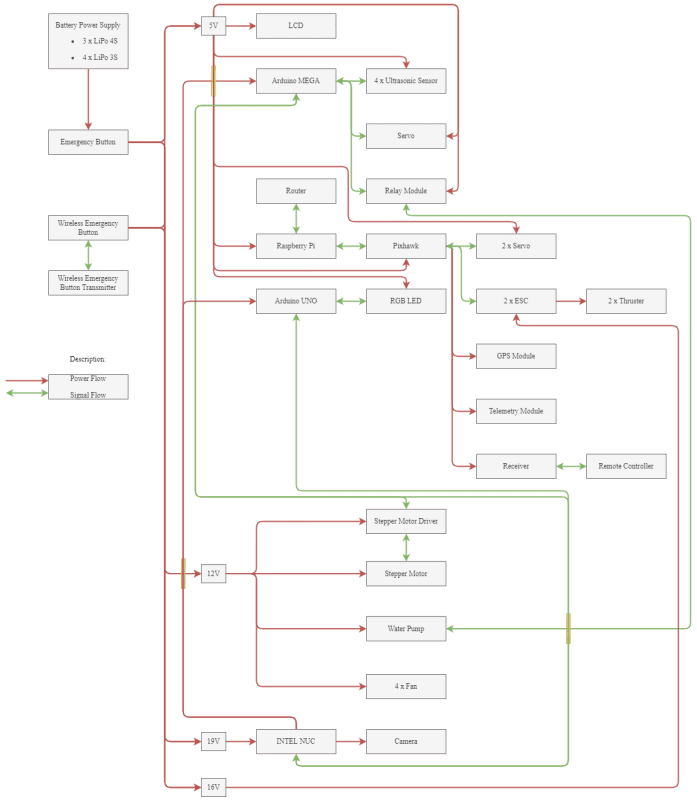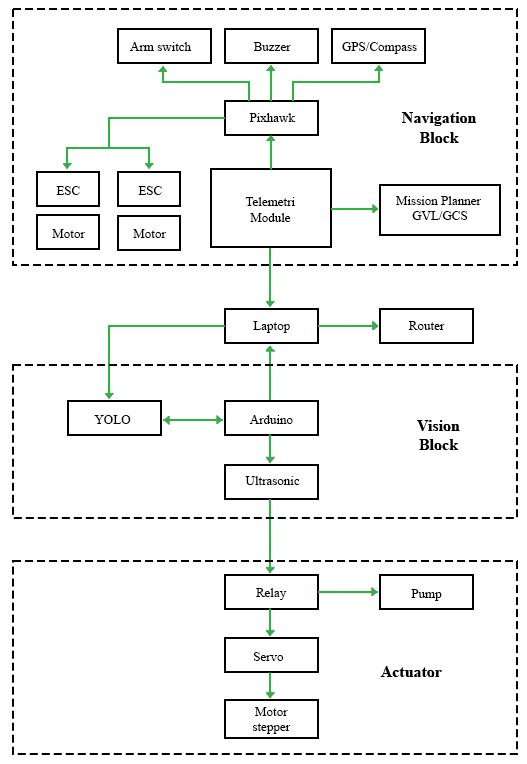Roboboat 2022
Gamantaray 2022 Teaser
A quick informative videos about what are gamantaray really about and our current project for the Roboboat 2022
Design Decision Documentation
A beautiful documenter about the design gamantaray team has created
Member
Our Project
Procedure
1. The first step in making Bandeng is to design the hull and the entire vehicle using Maxsurf Modeler and Rhinoceros software, followed by a simulation process by Maxsurf Stability and Maxsurf Resistance software.
2. The laser-cut results are arranged according to the design to form a hull framework and are coated with balsa wood on the outside.
3. The process is continued by coating the inside of the ASV’s hull using fiberglass and resin.
4. The outside of the vehicle is putty-coated and smoothed using sandpaper with a roughness level from high to low.
5. Put all the electronic components and propulsion systems needed to carry out the ASV’s missions into the vehicle
6. When all components have been installed, the next step is to test the ASV to determine the lack of prototype when performing missions.
7. All problems during the test are analyzed for a better prototype performance.

Boat Specification
Length of the Ship (LOA) 110 cm
Width (Beam) 50 cm
Height (Hull) 30 cm
Displacement 26,06 kg
Draught Waterline Length (DWL) 15 cm

Design Decision
The catamaran design was chosen to maintain vehicle stability when the ASV maneuvered with many components. While the trained machine learning is used to detect objects accurately without any disturbance.
Bandeng has a length of 110cm and a width of 50cm. Based on the vehicle’s size and its considerable mass, we decided to use a catamaran hull. The catamaran has better buoyancy, stability, and maneuverability. The catamaran also gave us the perfect size and shape to store electrical components, as well as keep the ship intact throughout the mission.
Diagrams
















